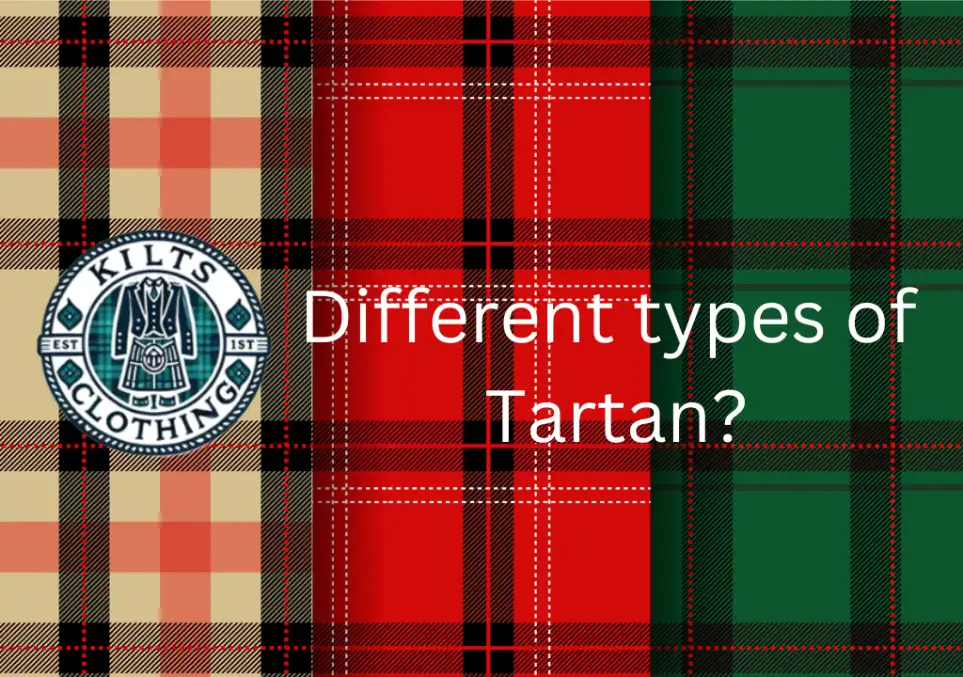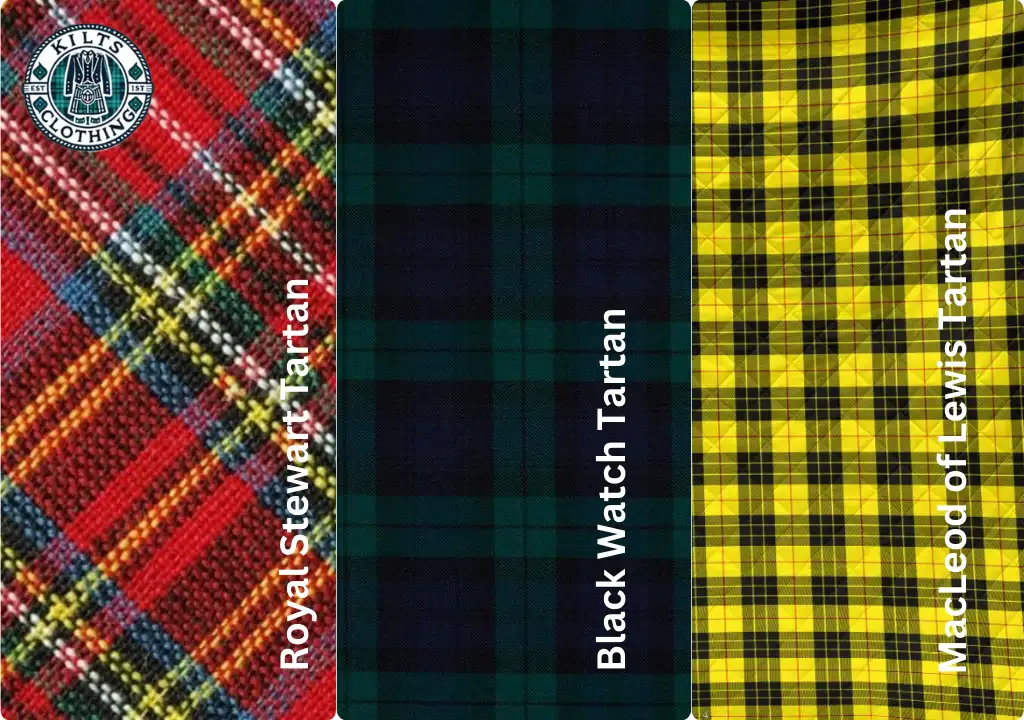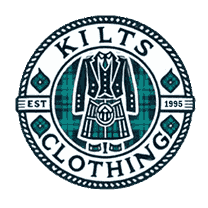Understanding the Different Types of Tartan: A Comprehensive Guide

Tartan is more than just a pattern; it’s a symbol deeply woven into the fabric of Scottish traditional kilt history and culture. Its distinctive checks and stripes represent not just fashion, but heritage, clan affiliations, and even regional identity. In this guide, we delve into the different types of tartan, explaining their unique characteristics, uses, and the rich traditions that accompany them.
Types of Tartan
Tartan patterns can be categorized in various ways based on their historical traditional kilts significance, purpose, and design. Here’s a detailed look at the most prominent types of tartans:
Clan Tartans
lan Tartans are the most iconic and well-known type of tartan. Each tartan pattern is associated with a specific Scottish clan and carries historical significance. Traditionally, clan tartans were used to identify members of a particular clan and often featured unique patterns and colors.
- Royal Stewart Tartan: Known for its vibrant red base with green and blue stripes, the Royal Stewart tartan is perhaps the most recognizable. It’s traditionally associated with the royal family, particularly the House of Stewart.
- Black Watch Tartan: This tartan is characterized by its dark green and navy blue checkered pattern. Originally worn by the Black Watch regiment, it has become a symbol of military heritage and respect.
- MacLeod of Lewis Tartan: Featuring bold yellow and black checks, this tartan is associated with the MacLeod clan from the Isle of Lewis.

Regional Tartans
Regional Tartans reflect the geographical and cultural identity of different areas within Scotland and beyond. These tartans often incorporate colors and patterns that symbolize the region’s natural landscapes or historical elements.
- Hunting Tartans: These are usually darker and more muted, designed to blend with the natural environment for practical purposes. Examples include the Hunting Stewart tartan, which features darker shades of green and blue.
- Dress Tartans: These are typically lighter and more formal, and used for special occasions. The Dress Stewart tartan, for example, is a variant of the Royal Stewart but features a white background.
Military and Regimental Tartans
Military and Regimental Tartans are used to represent various regiments and branches of the military. Each tartan pattern reflects the history and heritage of the unit it represents.
- Royal Regiment of Scotland Tartan: This tartan is associated with the Royal Regiment of Scotland and features a bold and distinctive pattern designed to honor the regiment’s history.
- Gordon Highlanders Tartan: Known for its rich green and black pattern, this tartan honors the Gordon Highlanders, one of Scotland’s famous military regiments.

Scottish Dress and Formal Tartans
Scottish Dress and Formal Tartans are used for ceremonial and formal occasions. These tartans are designed to be more eye-catching and elegant, often featuring elaborate patterns and vibrant colors.
- Dress MacLeod Tartan: A formal variant of the MacLeod tartan, it includes white and gold colors, making it suitable for formal events and ceremonies.
- Dress Gordon Tartan: This variant of the Gordon Tartan features white and gold, ideal for special occasions and formal Scottish dress.
Commercial and Corporate Tartans
Commercial and Corporate Tartans are created for businesses and organizations looking to incorporate tartan into their branding. These tartans are designed to represent the company’s identity while maintaining the traditional elements of tartan design.
- Harris Tweed Tartan: Used by Harris Tweed producers, this tartan incorporates traditional patterns into a commercial product, blending heritage with modern fashion.
- Corporate Tartan Patterns: Many companies create their own unique tartans to promote their brand, using tartan as a way to stand out and connect with Scottish heritage.
International and Regional Variations
International and Regional Variations of tartan extend beyond Scotland, reflecting the global reach and influence of Scottish culture. These tartans often adapt traditional patterns to fit local cultures and preferences.
- Canadian Tartan: Developed to symbolize Canadian heritage, this tartan incorporates colors and patterns that reflect Canada’s diverse cultural landscape.
- Australian Tartan: Often featuring earthy tones and patterns that represent the Australian outback, this tartan connects Australian culture with Scottish traditions.
The Historical Significance of Tartan Patterns
The history of tartan is as rich as its patterns are varied. Each type of tartan carries its own story, reflecting Scotland’s complex history of clans, military, and regional identity.
- Origins of Tartan: Tartan’s history dates back to ancient Scotland, where it was used for practical purposes before becoming a symbol of clan and regional identity.
- The Jacobite Rebellion: During the Jacobite Rebellion, tartan patterns became a symbol of resistance and identity for the Jacobite supporters.
- Victorian Revival: The Victorian era saw a resurgence of tartan fashion, with a renewed interest in clan and regional patterns, leading to the widespread use of tartans in Scottish dress.
Modern Uses of Tartan
Today, tartan continues to be a prominent feature in Scottish culture and fashion, representing everything from national pride to personal style.
- Fashion and Design: Modern fashion designers incorporate tartan into various clothing items, from kilts and skirts to jackets and accessories.
- Global Influence: Tartan has influenced fashion and design worldwide, with many international designers and brands embracing its unique patterns and cultural significance.
- Cultural Festivals: Tartan remains a central feature at cultural festivals and events, celebrating Scottish heritage and tradition.
Conclusion
Tartan is a versatile and meaningful fabric that encompasses a wide range of patterns and styles, each with its own significance. From irish traditional kilt tartans to modern commercial patterns, the rich history and cultural heritage of tartan continue to captivate and inspire.
FAQs
Tartan is a pattern of crisscrossed horizontal and vertical bands in multiple colors, traditionally associated with Scottish heritage.
Clan tartans are patterns specifically linked to Scottish clans, representing their history and identity.
Yes, anyone can wear a tartan, though certain patterns are associated with specific clans or occasions.
Dress tartans are lighter and more formal while hunting tartans are darker and more practical for blending into natural surroundings.
Military tartans are designed for regiments and military units, reflecting their history and heritage.
Commercial tartans are created for businesses and organizations to incorporate tartans into their branding and products.
Regional tartans represent specific geographic areas, while clan tartans denote particular Scottish families or clans.
You can find a tartan that matches your heritage through tartan registries or specialty shops that offer clan and regional patterns.
Yes, tartans are widely used in modern fashion for clothing and accessories, blending traditional patterns with contemporary styles.

